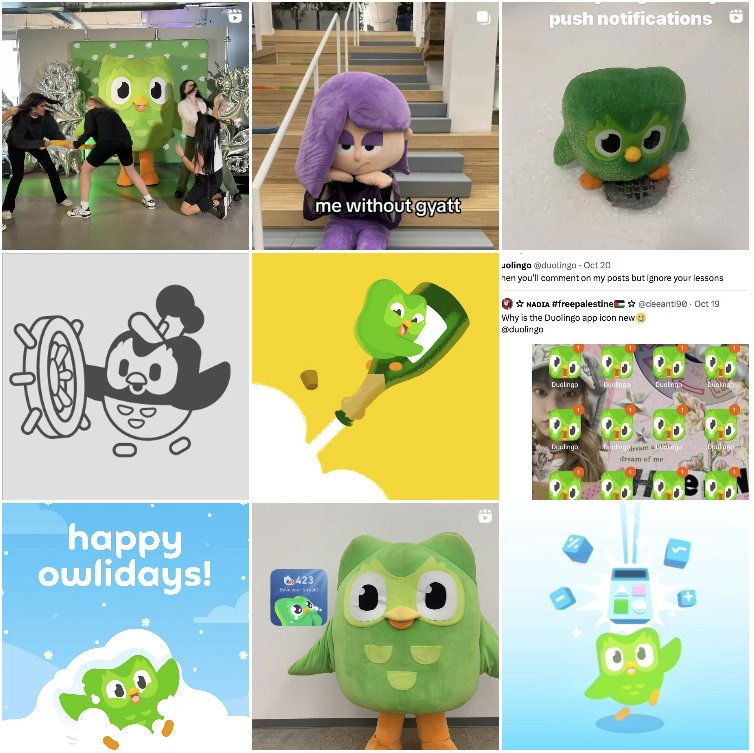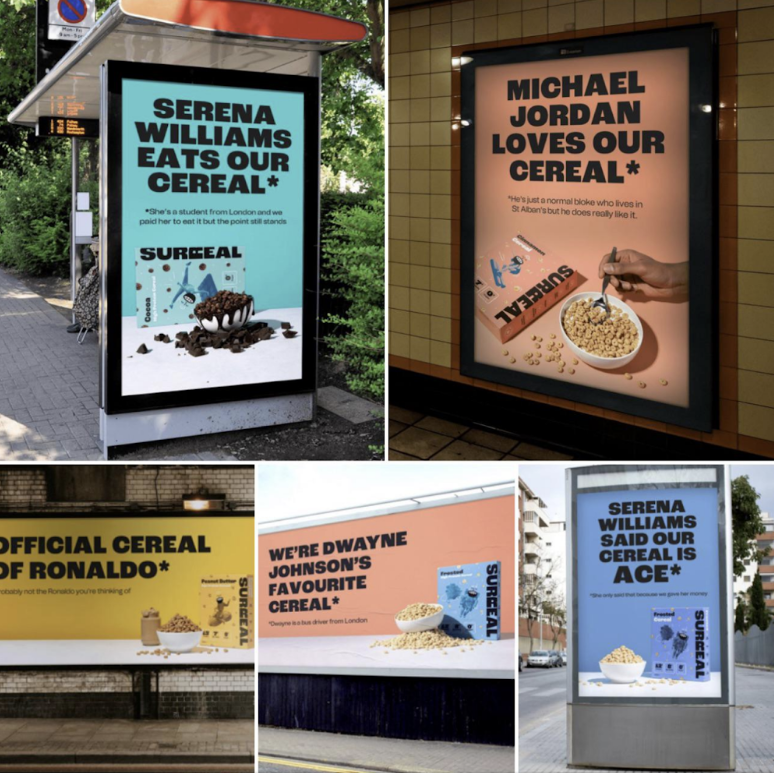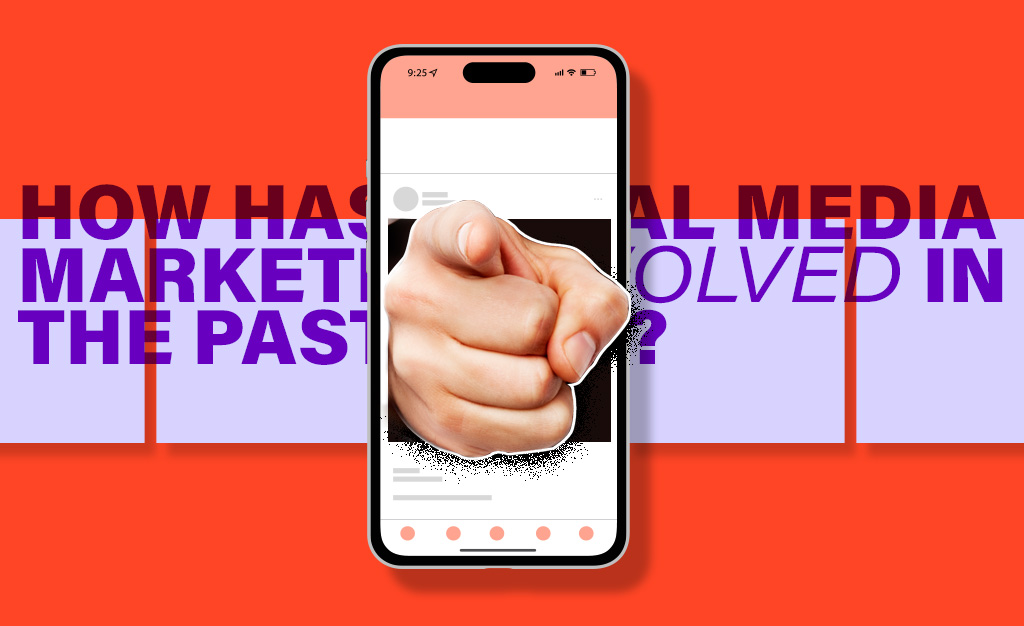2023 saw a wave of big-name brands finding a far more casual tone in their social media marketing. One reason is that advertising needs to strike the funny bone or tantalise the curiosity of its viewers to make it into the realms of long-term memory.
Modern audiences are highly attuned to any tone of voice that sounds forced. Everyone is an expert and genuine novelty goes a long way. Creating a dichotomy between the product and the advertisement can be just as effective as an aligned brand tone of voice. Companies can afford to treat the product as secondary when compared to the personality or ‘vibes’ of the company that is advertising it.
A key example would be the lo-fi looping, nostalgia-inducing, ‘Ghibli-reminiscent’ ad for McDonald’s Japan. Supremely at odds with the norms of what a fast-food advertisement should look like, this one went viral.
Commenters responded with messages like:
“We need more of these cute animated commercials around the world! It is a wonderful and beautiful advertisement” (CreativeBloq, 2023)
These ads tap into the nostalgia that viewers naturally experience when eating at McDonalds. Its affordable convenience means that many people have eaten there with friends or family and customers all over the world have strong happy memories of that place. The product they serve is secondary to the experience.
Another example is Duolingo, the educational language learning company. They keep up a constant stream of internet-savvy, highly edited trending shorts and memes, complete with a giant stuffed green owl mascot. They successfully engage 1.5M followers and maintain an average of 52.6K likes per Instagram post.

Our Creative Director Mick’s take is that this form of advertising is less about the product and more about the people who work at the company or brand being cool. This phenomenon is now reaching beyond the online world and filtering into more traditional forms of media.
A great example of this is the recent ads for SURREAL Protein Cereal. These ads take an anti-advertising approach to get your attention. The product (in this case, cereal) and its branding take second place to the ad’s tone and the company’s voice. Brands can use people and their tone as the point of difference and convey more than their product can do on its own. Rather than audiences thinking: “Wow, that product looks so cool, I’ll give it a go”, the advertisements offer insights that make audiences go “Wow, the people that work there seem cool, I might give that a go.”

In another era, measuring how these ‘surprise and delight’ ads turned into sales for their respective companies was more difficult. Whereas a street billboard would once have been confined to the location and paper it was printed on, now (arguably) the most important phase of this style of the campaign is when it lands on the World Wide Web. More people can see an advertisement online in the space of 24 hours than would be found within a 100km radius of the static billboard.
Brand awareness spikes with every memorable chat, discussion and repost. Website analytics and social media tracking are valuable ways of measuring brand awareness. Tracking trends and floods of digital traffic means that companies can see the flow of online discussion, almost akin to a live stream of up-to-date information.
‘Social share of voice’ is the percentage of digital conversation around your organisation (as compared to your industry competitors). ‘Social sentiment analysis’ tracks the general mood of the conversation attached to your brand. Companies can track and analyse the @mentions and even simply the hashtags related to products or that use the brand name. A quick analysis of words such as ‘love, hate, amazing, best, terrible and worst’ can reveal a lot about the public discourse.
The kind of ‘anti-advertising’, and ‘surprise and delight’ campaigns that have been used over the past year are examples of the style of social media advertising that generates the most possible data (through the scale of audience response). User-generated content (UGC) is the new aspiration for companies. A clever and well-placed advertisement could return the investment tenfold if it struck gold with online discourse.
In summary, 2023 was a year for data and connection. To achieve data, audiences need to be excited into discussion! Advertising needs to feel fresher, novel, and less staged. It has needed to take on the feel of authenticity that meme culture has generated over the last 15 years.
Brands gain less by simply advertising the features and benefits of the product they sell. This is especially true when there are millions of competing items or services with similar or even identical functions (or flavour, in the instance of cereal).
In an age of short attention spans, last year’s trends in social media advertising showed some brands and products connecting with audiences and becoming embedded in their long-term memory, using a casual style and humour as key tools to avoid internet obscurity.
If you want to read more of our blog content, click here to see what else we’ve talked about.


